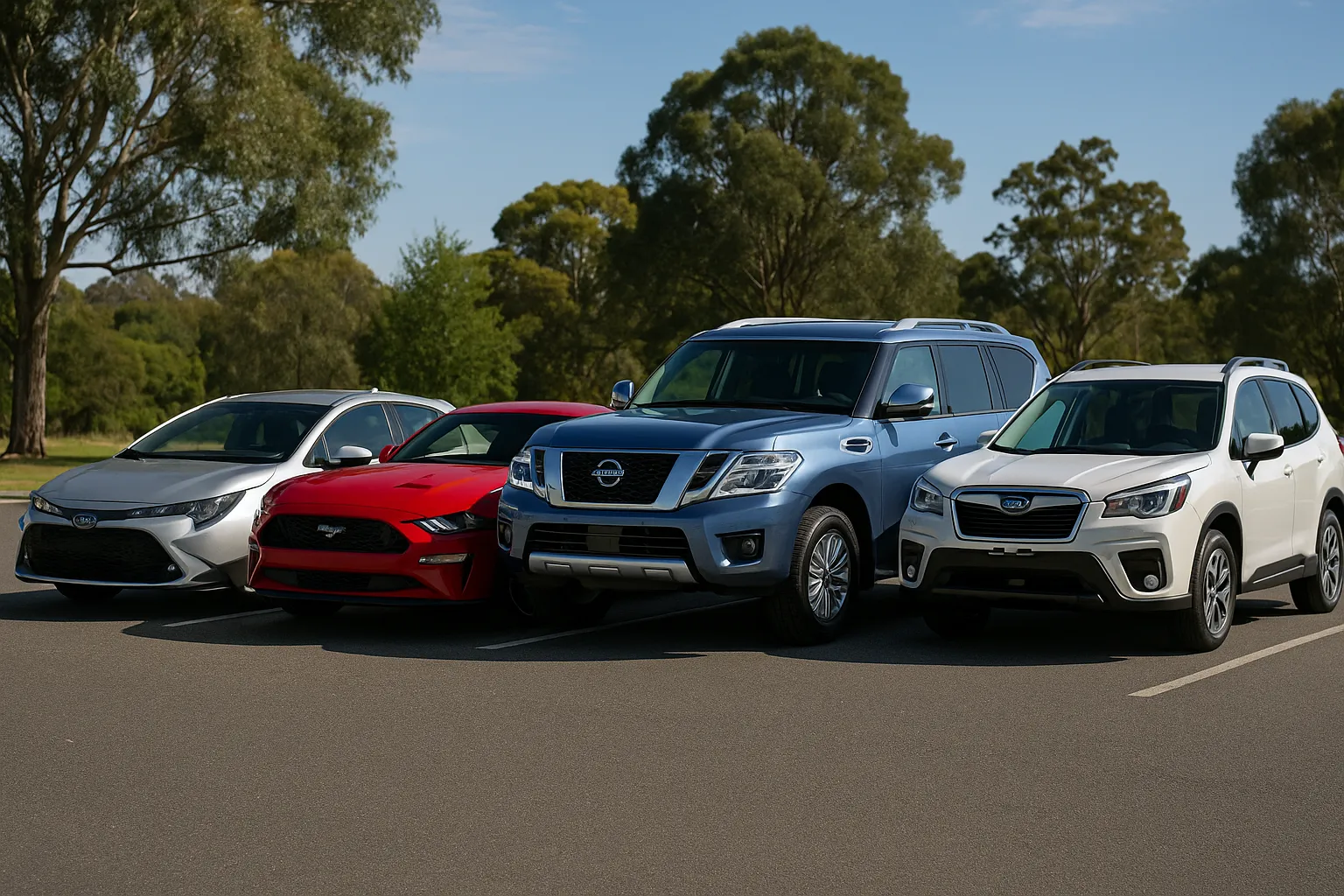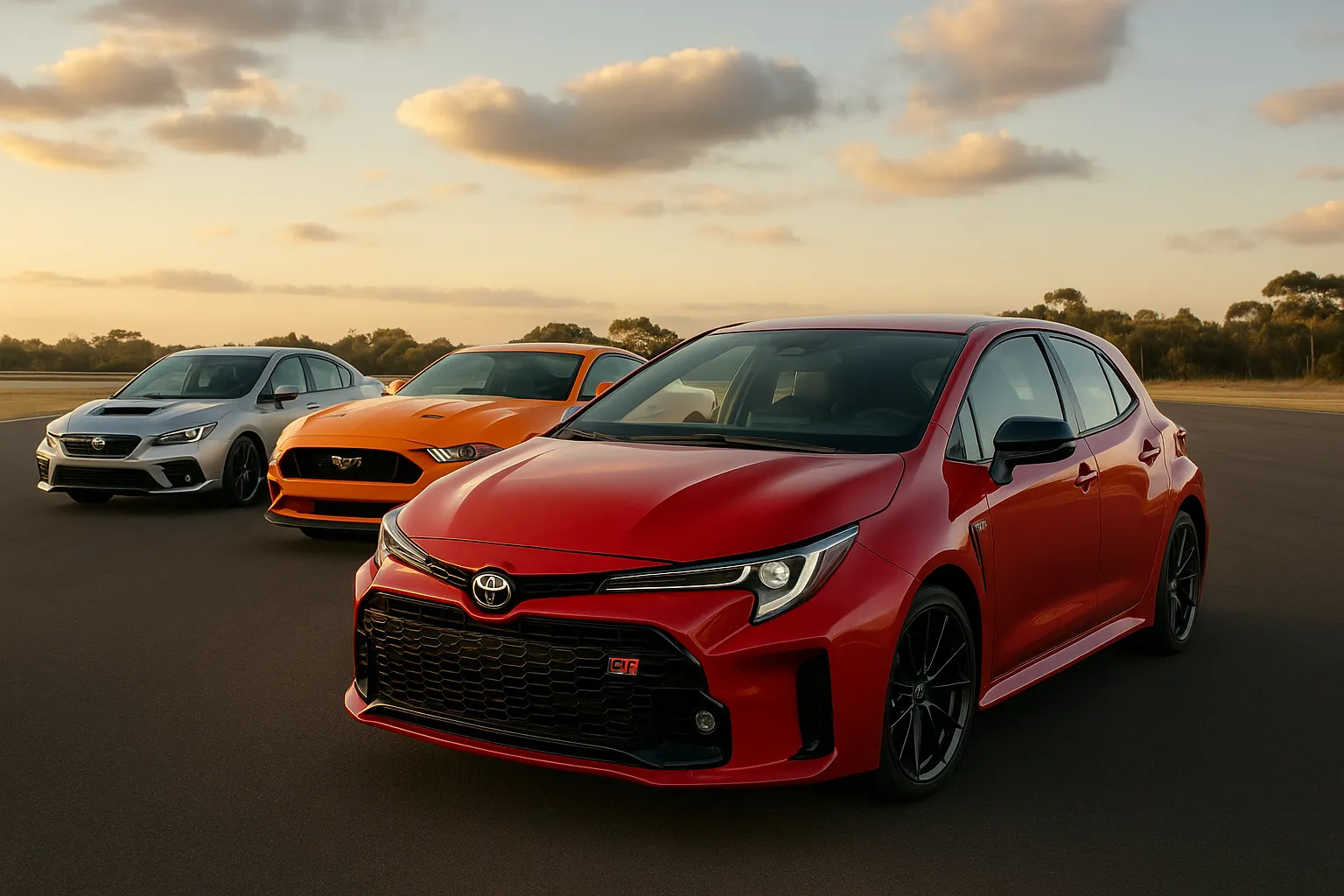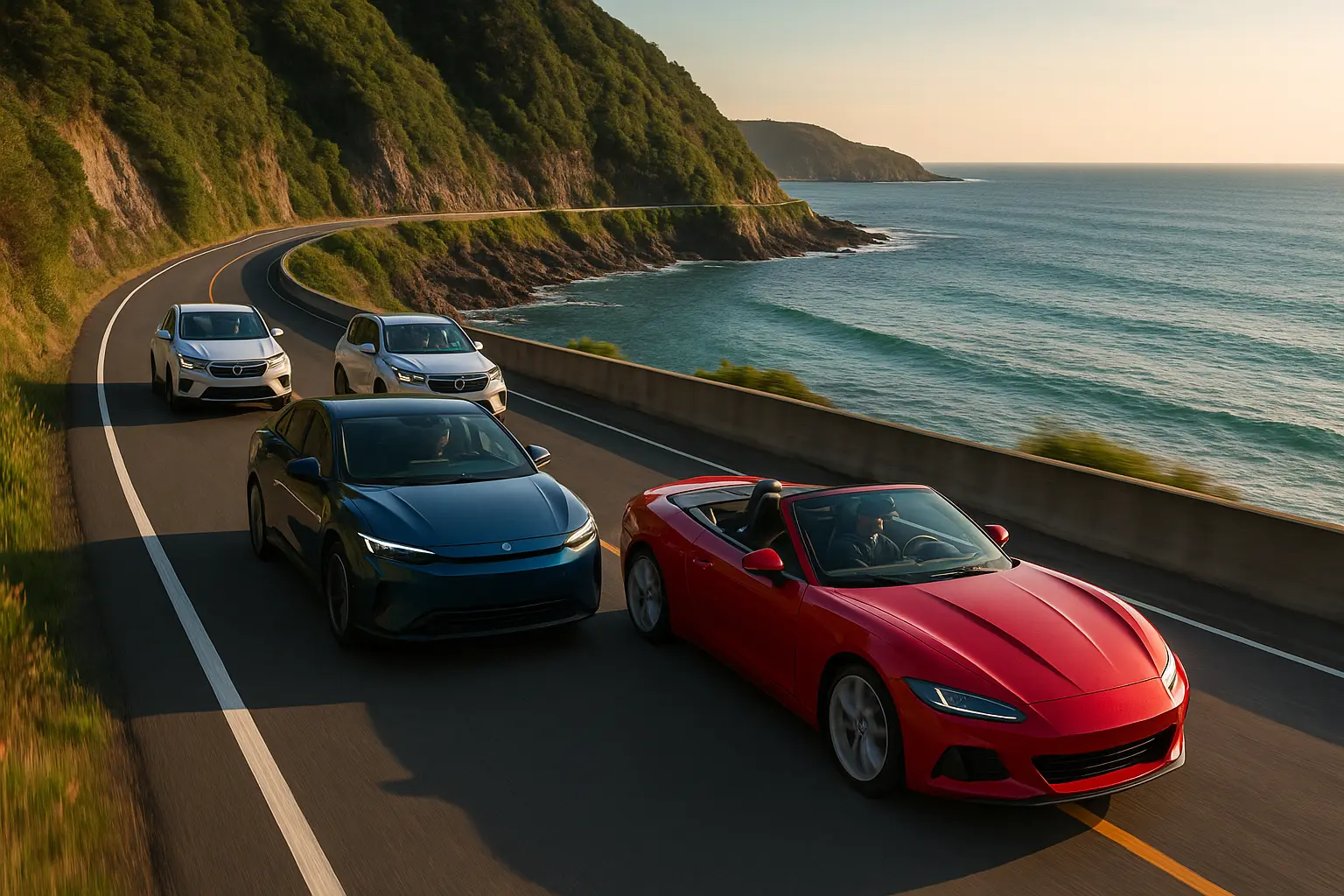Top Petrol Cars That Still Make Sense in an EV World
Electric vehicles (EVs) are dominating headlines, new car lineups, and government incentives in 2025. But despite all the buzz, petrol-powered cars still have their place — and in many ways, they still make a lot of sense for Australian drivers.
Whether it’s long-distance driving, upfront affordability, proven reliability, or plain old driving excitement, there are compelling reasons to stick with a traditional internal combustion engine (ICE). In this guide, we take a deep dive into the best petrol cars available in Australia in 2025 that still offer genuine value in today’s increasingly electric market.
Why Petrol Cars Still Matter in 2025
Before jumping into the list, let’s explore why petrol cars still maintain a stronghold in Australian driveways:
✅ Affordability
EVs are still more expensive to buy upfront compared to petrol cars. While prices are coming down, petrol-powered cars continue to dominate the sub-$30K segment.
✅ Infrastructure
Charging infrastructure — especially in regional areas — is still catching up. A petrol station is never too far away, but public EV chargers? That’s a different story.
✅ Long-Distance Reliability
Many Aussies cover long distances. Petrol cars don’t require range anxiety planning, especially for country driving or long road trips.
✅ Proven Durability
Internal combustion engine vehicles are still more familiar to most mechanics, and parts are readily available — particularly in used car markets.
✅ Variety of Options
The EV market is growing, but traditional petrol vehicles still offer a broader range — including high-performance cars, affordable hatchbacks, rugged 4x4s, and everything in between.

Top Petrol Cars Still Worth Buying in 2025
Let’s break it down by category, highlighting top picks based on value, reliability, and purpose:
1. Toyota Corolla (Hatch & Sedan)
Price Range: From $29,000
Fuel Economy: 6.0L/100km
Why It Makes Sense:
The Corolla remains Australia’s go-to compact car. Known for its bulletproof reliability, low maintenance costs, and frugal fuel use, it’s an ideal urban commuter that’s still petrol-powered.
2. Mazda3
Price Range: From $30,500
Fuel Economy: 6.3L/100km
Why It Makes Sense:
With sharp handling and a premium interior feel, the Mazda3 competes with some luxury brands at a fraction of the price. Petrol variants offer more punch than their mild hybrids, especially the 2.5L G25 models.
3. Hyundai i30 Hatchback
Price Range: From $25,000
Fuel Economy: 6.8L/100km
Why It Makes Sense:
The i30 offers excellent features for its price, including wireless Apple CarPlay, smart safety tech, and a robust 2.0L petrol engine. It’s one of the last value-packed non-EVs in the small car segment.
4. Kia Cerato
Price Range: From $27,000
Fuel Economy: 7.0L/100km
Why It Makes Sense:
Known for value and a 7-year warranty, the Cerato is perfect for budget-conscious buyers. It offers both sedan and hatch styles with smooth 2.0L petrol power.
5. Subaru Forester 2.5i (non-hybrid variant)
Price Range: From $42,000
Fuel Economy: 7.4L/100km
Why It Makes Sense:
While a hybrid version exists, the 2.5i petrol model provides proven AWD capability, off-road readiness, and roomy practicality — all with less mechanical complexity.
6. Mitsubishi ASX
Price Range: From $27,000
Fuel Economy: 7.6L/100km
Why It Makes Sense:
A favourite among budget SUV buyers, the ASX is simple, easy to maintain, and affordable — all running on a reliable 2.0L petrol engine.
7. Toyota LandCruiser 70 Series (V8 Diesel being phased out)
Price Range: From $76,000
Why It Makes Sense:
With limited EV alternatives for extreme outback travel, the rugged, old-school LandCruiser 70 remains a favourite among farmers, miners, and off-roaders who need durability over tech.
8. Ford Mustang GT
Price Range: From $70,000
Fuel Economy: 12.4L/100km
Why It Makes Sense:
For performance lovers, the V8 Mustang is a proper modern muscle car. EVs are fast, but the sound, feel, and visceral experience of this car is still unmatched at its price.
9. Suzuki Swift Sport
Price Range: From $32,000
Fuel Economy: 6.1L/100km
Why It Makes Sense:
Lightweight, agile, and fun, the Swift Sport is an underrated hot hatch with old-school turbo-petrol charm and a manual transmission option.
10. Nissan Patrol Ti
Price Range: From $87,000
Fuel Economy: 14.4L/100km
Why It Makes Sense:
A behemoth 5.6L V8 SUV might sound outdated, but in Australia’s vast interior and towing culture, the Patrol still has real-world utility and appeal — especially with no direct EV competitor yet.
Petrol Performance Cars in 2025
For enthusiasts who crave engagement, responsiveness, and soul-stirring engine sounds, petrol performance cars still reign.
Toyota GR Yaris & GR86 – Lightweight, driver-focused, manual options.
Hyundai i20 N & i30 N – Affordable hot hatches with everyday usability.
Subaru WRX RS – Still turbocharged and rally-bred.
BMW M240i Coupe – Rear-wheel-drive thrills with inline-six power.
Electric performance cars are faster on paper, but many drivers still prefer the traditional feel of a petrol sports car.
Budget Petrol Picks Still Going Strong
Looking for something easy on the wallet without going electric?
MG3 (new facelift) – Still one of the cheapest new cars in Australia.
Kia Picanto GT-Line – Compact and nimble for city dwellers.
Toyota Yaris – Non-hybrid variants are still around in select trims.
Mazda2 G15 Pure – Punchy 1.5L engine, good resale value.
These budget models are great for learners, city drivers, and first-time buyers.
Petrol Cars vs Electric Cars: Quick Comparison Table
| Feature | Petrol Cars | Electric Cars |
|---|---|---|
| Upfront Cost | Lower | Higher (with exceptions) |
| Running Costs | Moderate (fuel, service) | Low (electricity, less maintenance) |
| Refuelling Convenience | Very high (petrol stations) | Improving but limited regionally |
| Performance (0–100km/h) | Depends on engine type | Often faster in base models |
| Driving Feel | Mechanical, engaging | Smooth, instant torque |
| Environmental Impact | Higher CO₂ emissions | Lower to zero tailpipe emissions |
When a Petrol Car Is the Right Choice
Not everyone is ready to make the switch to EVs — and that’s okay. Petrol cars are still a smart choice when:
You drive long distances frequently (rural Australia, road trips)
You want to avoid charging hassles
You’re buying on a tighter budget
You’re a car enthusiast looking for pure driving fun
You’re concerned about long-term service and parts availability
What to Look for in a Petrol Car Today
If you're buying a petrol-powered car in 2025, here are key factors to consider:
Fuel Efficiency: Aim for 6–7L/100km unless it's a performance or large SUV.
Engine Simplicity: Naturally aspirated engines (non-turbo) tend to be more durable.
Service Costs: Look at capped-price servicing plans.
Resale Value: Some brands (Toyota, Mazda, Subaru) hold value better.
Warranty: 5–7 years is now the norm — Kia and Mitsubishi offer longer coverage.
Petrol Cars: The Road Ahead
Even with growing EV adoption, petrol cars aren't disappearing anytime soon in Australia. Manufacturers like Toyota, Mazda, and Subaru continue to offer reliable, well-engineered ICE models alongside hybrids and EVs.
Expect more hybrid-petrol combinations as a bridge to full electrification — but for now, if you want a pure petrol car, 2025 is still a great time to buy.
Final Thoughts
While the shift to electric vehicles is inevitable in the long term, petrol cars still offer practicality, affordability, and passion that many Australian drivers value. From economical hatchbacks to powerful V8s and rugged 4WDs, petrol-powered cars are far from obsolete in 2025.
If you're not quite ready to go electric, you’re not alone — and with the right petrol car, you won’t feel like you’re missing out.
Leave a comment
Your email address will not be published. Required fields are marked *




